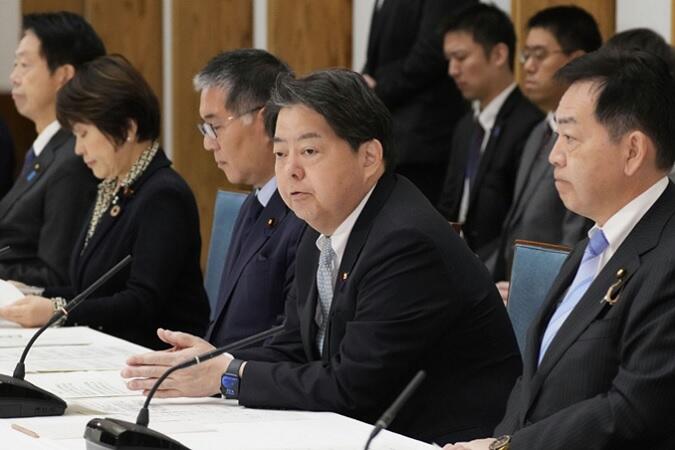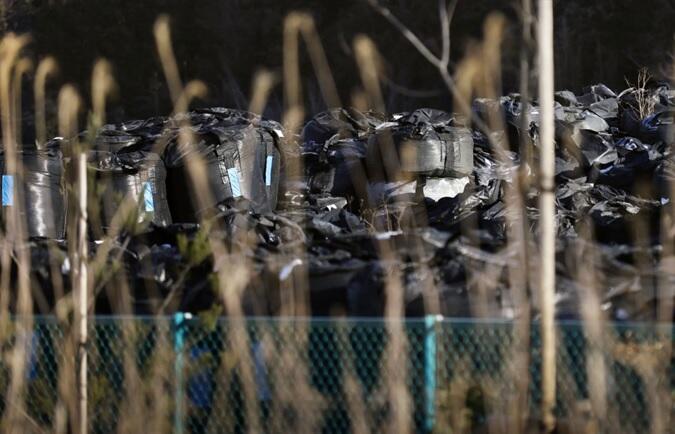The Japanese government said Friday it will aim to decide by next spring on a plan for how to recycle or dispose of soil in Fukushima Prefecture that was removed during the cleanup following the 2011 nuclear disaster.
"It is an issue that Japan should tackle as a whole," Chief Cabinet Secretary Yoshimasa Hayashi told the first ministerial meeting held to discuss the situation.

Provided by Kyodo News
About 14 million cubic meters of soil is currently piled up along with other radioactive waste at an interim storage facility near the Fukushima Daiichi nuclear complex which was crippled by the March 2011 earthquake and tsunami. The final disposal site of the soil is yet to be determined.
Soil with high radiation levels that cannot be recycled is scheduled to be disposed of outside the northeastern prefecture under law by March 2045. But amid a lack of a roadmap, Fukushima Gov. Masao Uchibori has urged the central government to swiftly craft one.
Japan plans to recycle soil with low radioactivity, or up to 8,000 becquerels per kilogram, using it to form road embankments, among other public works, to reduce the total amount of soil that eventually needs to be dealt with.
Nuclear reactors at the seaside power plant operated by Tokyo Electric Power Company Holdings Inc. suffered meltdowns following the March 2011 natural disaster, spewing massive amounts of radioactive materials into the air and resulting in contamination of land in the vicinity.

Provided by Kyodo News




